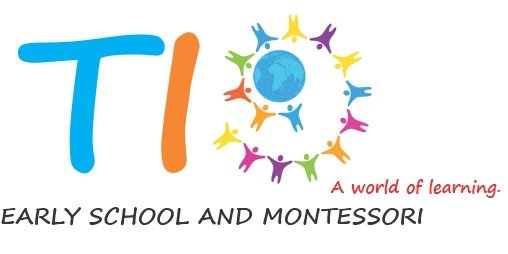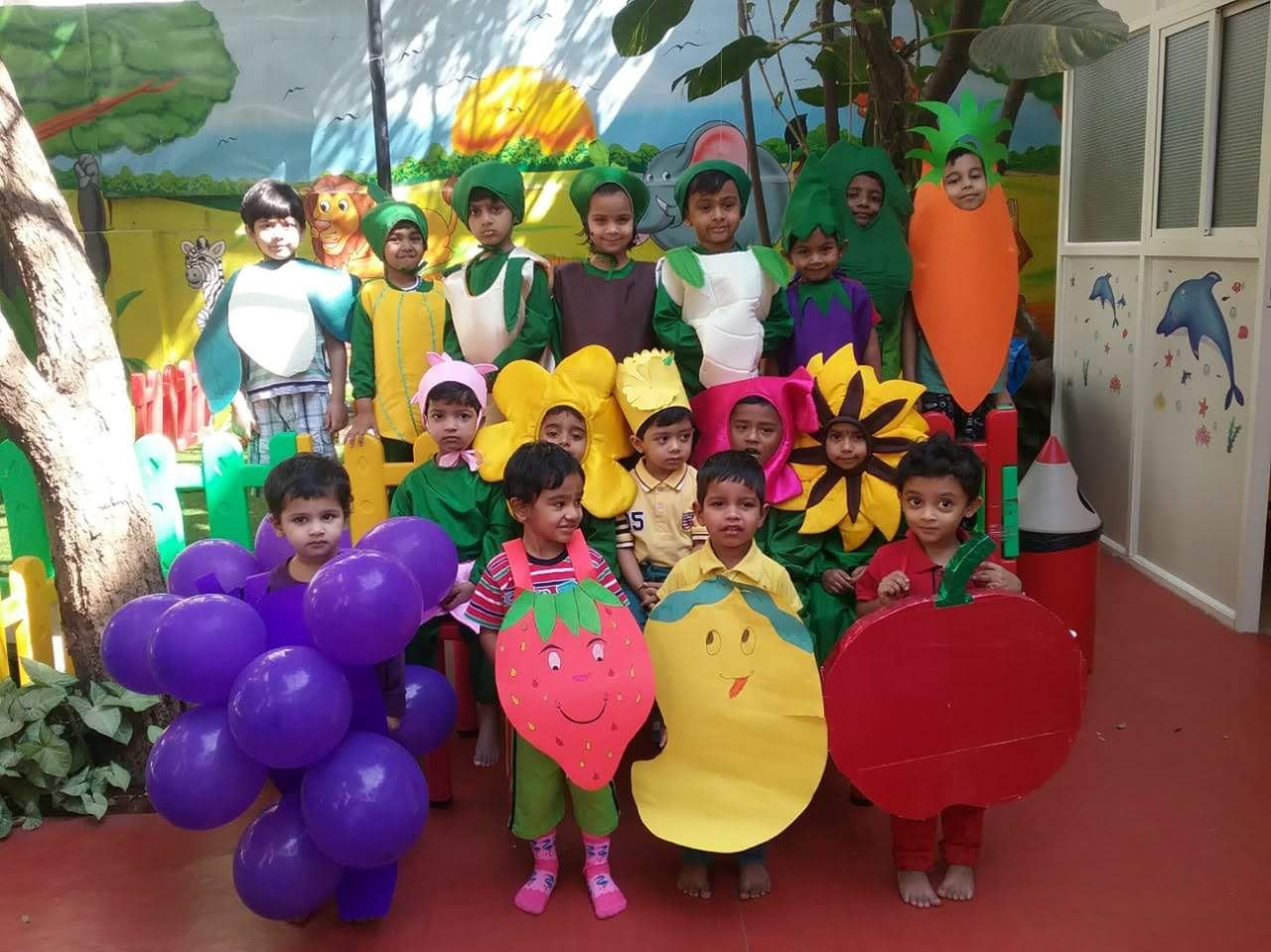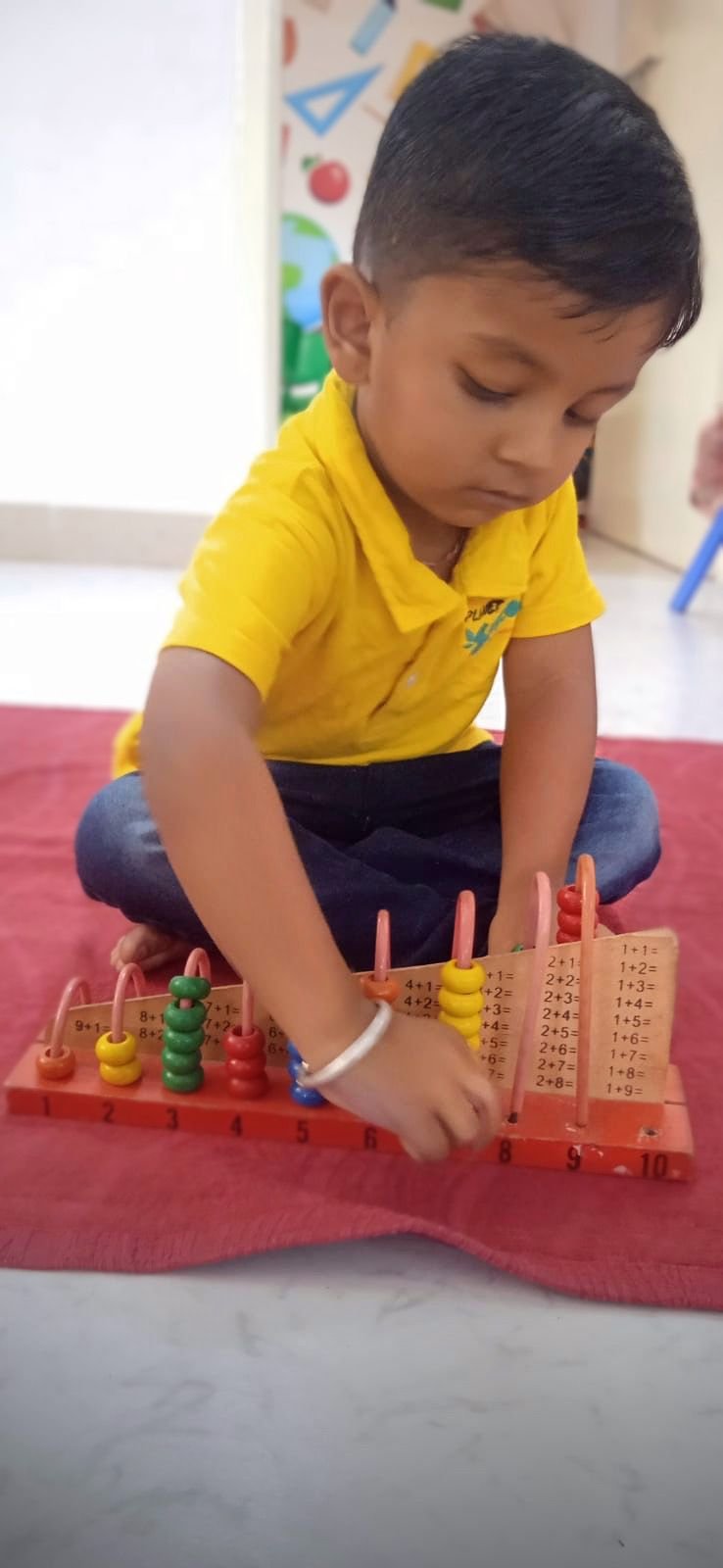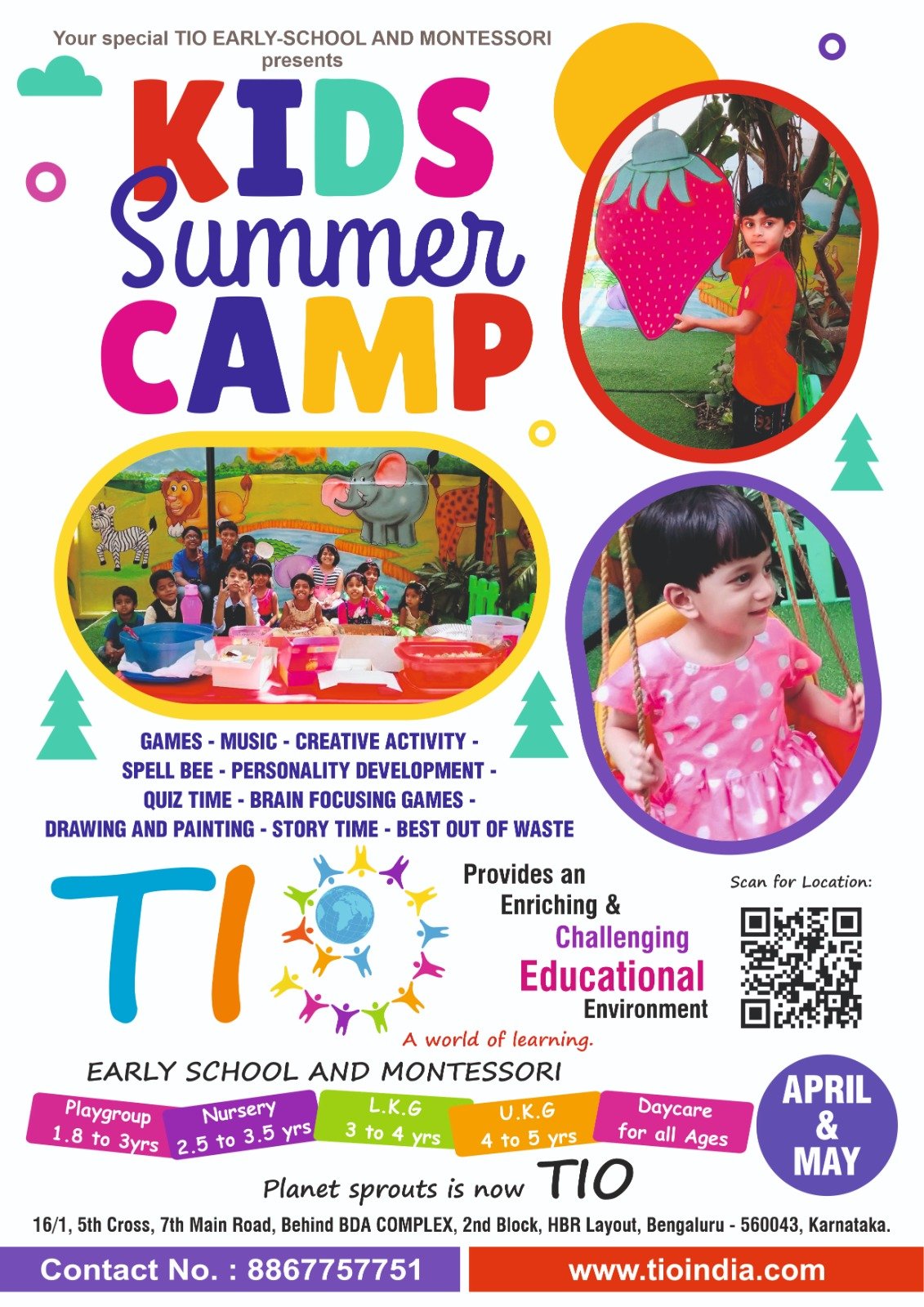Montessori education is a groundbreaking and multidimensional pedagogy developed by Maria Montessori in 1897. Many of us know about Primary Montessori education that lasts until age 6 but Elementary Montessori unlocks many wonderful explorations and experiences for the older child. In fact, while in India, Maria Montessori formulated Montessori for elementary level all the way up to the university level.
Why do many parents wish to continue with Montessori education in the higher grades? There are many reasons, the biggest one being that a Montessori environment gives a child both agency as well as accountability in their learning experiences. Many parents want their children to continue being independent learners even when they transition to the higher grades. This is when they can learn strategies of auto education and take control of their education in wonderful ways.
Montessori vs Traditional Education
The Montessori elementary school includes students in the 6 to 12 age group. The foundation of elementary Montessori is Cosmic Education. Children in this age group are trying to discover their place in this world and cosmic education opens them up to the many possibilities. They get to understand how life came into being and why they are there. They explore communication, language and numeracy with multiple perspectives, engaging in interconnected and multidisciplinary learning that is an inspiration to behold.
The children who enter the Montessori elementary school are fresh after discovering hands-on work and explorations. In the elementary atmosphere, the child is trying to find out his or her place in the world. This is the time when a child’s intellectual capacity expands considerably.
There are many differences between a Public elementary school and a Montessori elementary School. The classroom environment is extremely different and so is the role of the teacher. Although, the learning approach is different, students do work towards common academic and life goals.
The elementary stage is when logic is being developed and according to the World Economic Forum, future skills are going to be dependent on critical problem-solving skills. A Montessori education encourages both logic and the use of imagination. This is a period when a child absorbs whatever you expose him or her to and when they discover that the universe is their environment, the results are astonishing to behold.
Montessori vs Traditional Classroom – TIO Early School & Montessori
In a Montessori, the environment is a teacher in itself. The Prepared Environment, based on the structure and pedagogy that Maria Montessori devised for children, is put together in advance so that children can use them to get at self-directed learning. In a regular classroom, the teacher is the center of all learning. In a Montessori, the child is the center of all learning and the teacher serves simply as a guide.
Why Montessori is better than public school – TIO Early School & Montessori
Another feature of a Montessori classroom is the mixed-age group. A traditional classroom has a specific age category. In a Montessori, there is a mixed-age group and children learn through their work. In real life, we find ourselves in the midst of mixed-age groups during work and other social settings, don’t we? A mixed age group also encourages peer learning, which is very powerful and builds vital social skills.
In a regular classroom, a teacher talks, and the children listen. They engage in passive learning but in a Montessori, children are active learners, participating eagerly in their learning, projects and activities.
The beauty of the Montessori approach is that it is not piecemeal education but links work and learning to life.




